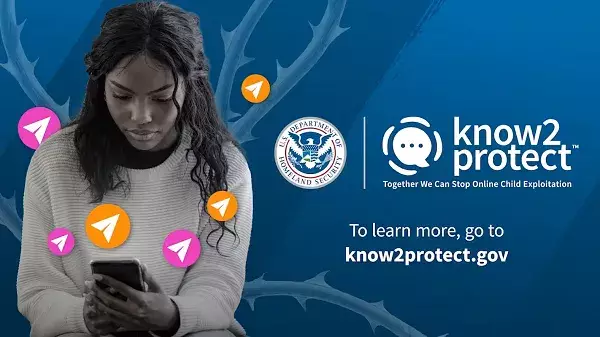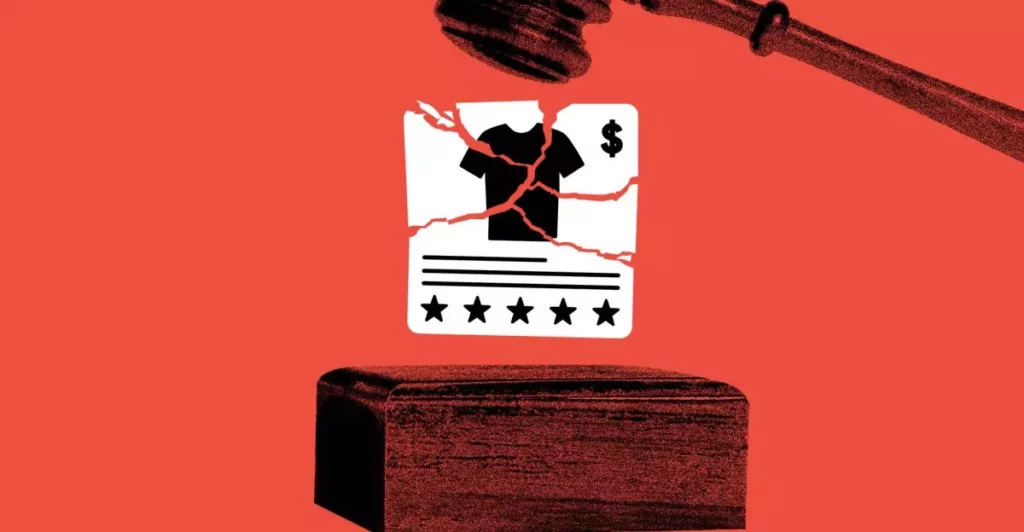In an age where social media platforms dominate youth communication, the dark underbelly of digital interactions cannot be ignored. Snapchat, a favorite app among younger users, has emerged at the forefront of initiatives aimed at combating Child Sexual Exploitation and Abuse. Partnering with the U.S. Department of Homeland Security’s “Know2Protect” program, Snapchat is tackling an urgent issue as statistics demonstrate alarming trends. A stunning 24% of adolescents confess to sharing intimate images, signifying an entrenched culture that requires urgent rectification. Such a statistic casts a shadow over any optimism surrounding digital safety; it paints a picture of disconcerting normalcy surrounding risky behaviors in online environments.
Shocking Vulnerabilities: Grooming and Catfishing
Recent data reveals that the threats youth face online extend well beyond simple oversharing. Roughly one-third of teenagers have reported experiences of online grooming while nearly 35% have fallen prey to catfishing. These figures are not just numbers; they symbolize the creeping desensitization to the inherent risks that come with digital communication. What’s even more alarming is that over half of those who shared intimate content were misled about the identities of the individuals they trusted. This stark reality underlines a significant gap in both education and parental involvement in teaching digital literacy.
The responsibility to act falls on multiple stakeholders, not just Snapchat. Parents, educators, and policymakers must work in unison to educate young people about the potential traps in the digital landscape. The continual normalization of sharing personal content, especially among unaware adolescents, must be curbed. It’s an ethically sound imperative that involves building a framework of trust and knowledge around digital interactions alongside technology platforms’ efforts.
Innovative Safety Measures: A Step Forward
In response to these dangers, Snapchat’s collaboration with the Know2Protect initiative showcases a proactive approach to user safety. Through enhanced safety features like PhotoDNA technology, Snapchat demonstrates a commitment to combat the distribution of illicit content on its platform. Moreover, new in-app notifications alert users to potential red flags when receiving friend requests, guiding them in making informed choices. The increased functionality of the Family Center also provides parents the necessary tools to monitor their children’s online behavior, fostering an environment of transparency in communication.
However, it is disheartening to note that even amid these advances, a staggering percentage of teens—nearly two-thirds—who shared intimate images have lost control over their content. This statistic not only highlights the urgent need for education around digital consent but it also points to a broader cultural issue surrounding ownership of personal digital assets. If young individuals are not taught about the permanence and implications of their online actions, how can they be expected to navigate the complexities of modern digital interactions responsibly?
A Glimmer of Hope: The Power of Awareness
Despite these challenges, insights from Snapchat’s recent findings provide a glimmer of hope. Among those aware of the Know2Protect initiative, a significant 28% reported a better grasp of online safety, suggesting that the ongoing discourse is shifting in the right direction. Nearly 90% expressed a newfound motivation to seek further information on online safety, indicating a burgeoning interest in protective measures. This collective awakening demonstrates that targeted campaigns can indeed foster a culture of vigilance among youth, empowering adolescents to take proactive steps towards safeguarding themselves online.
Yet, the realization of these potential advantages is contingent upon continuous engagement and education. While a small uptick in awareness is encouraging, the task is monumental in light of relentless technological advancements. Platforms must be prepared not just to defend against existing threats, but to anticipate future ones. Emerging risks like AI-generated deepfakes further complicate the narrative, rendering old safeguards potentially obsolete.
The Imperative of Shared Responsibility
Snapchat’s role in the battle against online exploitation is undeniably critical. However, this issue transcends the realm of any single app or company. It is a societal concern demanding a multifaceted approach that includes parents committing to vigilance, schools embracing digital literacy, and community leaders pushing for responsible policy making. The fight against online exploitation entails not just reactive measures but a complete cultural overhaul around the understanding of digital safety.
Engaging the youth in conversations about their online lives isn’t merely beneficial; it’s essential. It is time to create an environment where sharing personal information carries weight and consequence, where every click on a digital platform is preceded by a moment of critical thought. As we navigate this treacherous digital landscape, a proactive strategy that prioritizes education, awareness, and dialogue can illuminate the path toward a safer online existence for our youth. The time to act is now—before the digital tide washes away the innocence of vulnerable young lives.









Leave a Reply